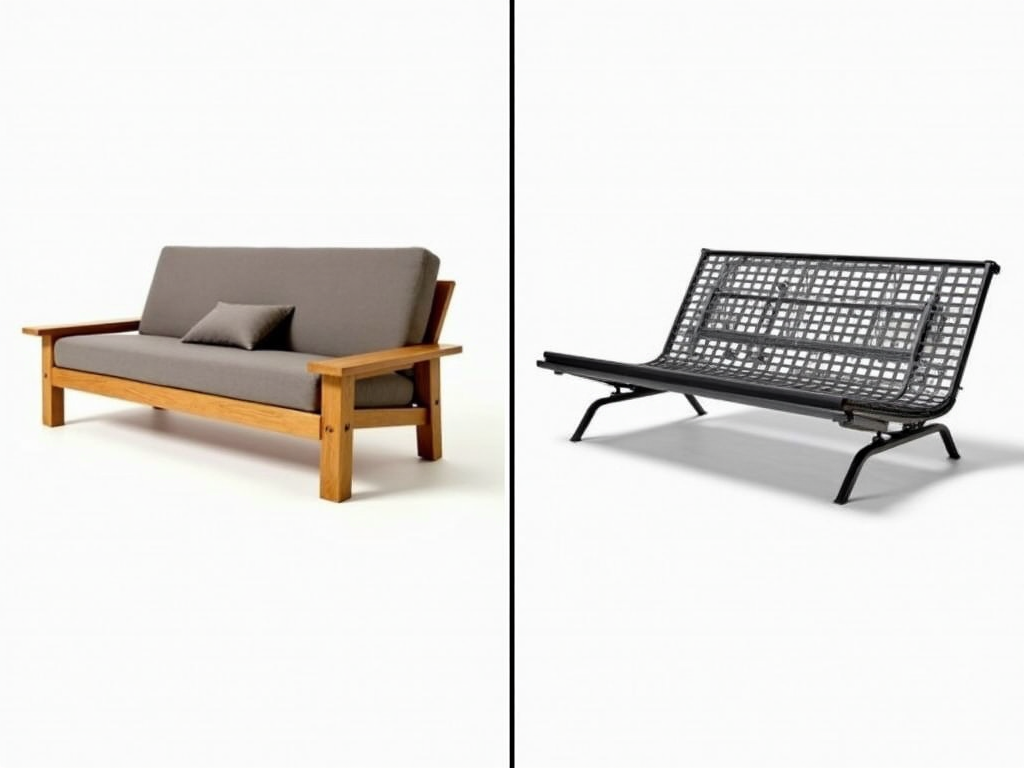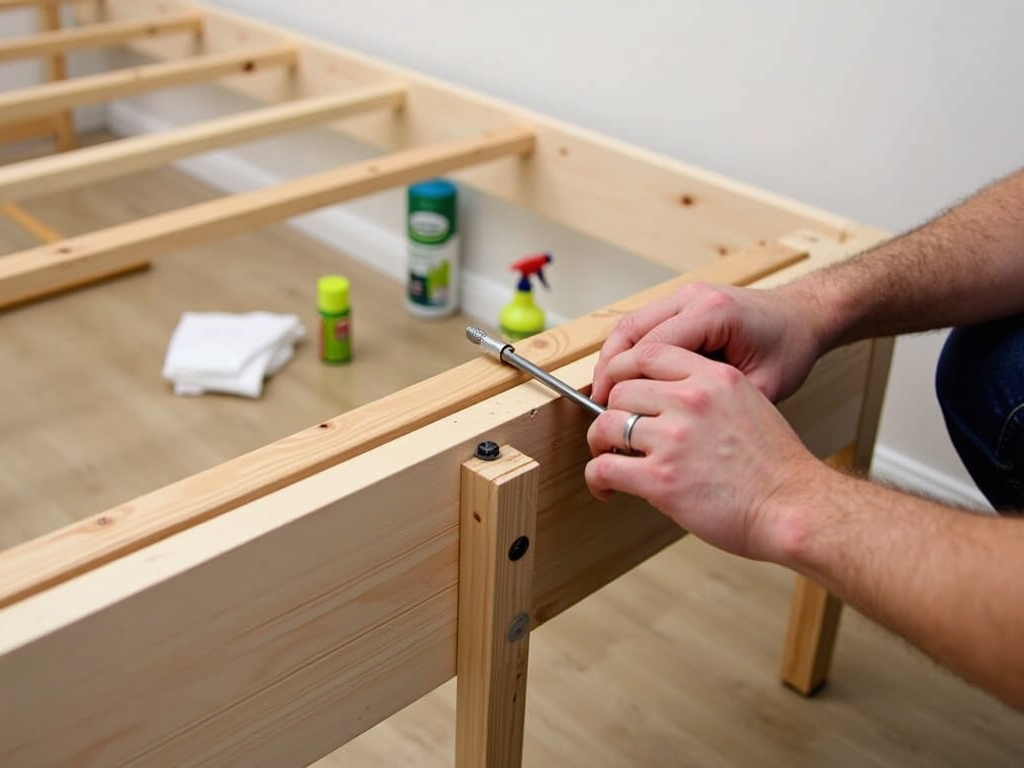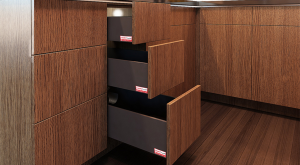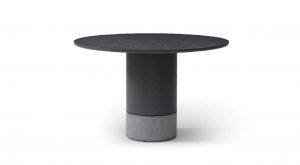Featured Post
Understanding Futon Frames and Maintenance: A Comprehensive Guide
Have you ever wondered how to make the most out of your futon frame? These clever pieces of furniture can serve as both a cozy sofa and a comfortable bed, perfect for small apartments or guest rooms. But to keep them looking great and functioning well, it’s important to understand their construction and how to maintain them properly. In this article, we’ll dive into the world of futon frames, exploring their types, benefits, and essential maintenance tips.
What is a Futon Frame?
A futon frame is the structural component that holds a futon mattress, allowing it to be used as both a sofa and a bed. Unlike traditional sofas or beds, futon frames are designed to be adjustable, typically folding in the middle to convert from one form to another. This versatility makes them a popular choice for those who need to maximize space or want a flexible furniture option. Futon frames come in various styles and materials, each with its own set of features and benefits. Understanding these differences can help you choose the right futon frame for your needs and ensure that you take proper care of it.
Types of Futon Frames
There are several types of futon frames, each designed to suit different preferences and spaces. The two main categories are bi-fold and tri-fold frames.
-
Bi-fold Futon Frames: These are the most common type. They fold once along the length of the frame, allowing the futon to be used as a sofa when folded and as a bed when unfolded. Bi-fold frames are typically easier to operate and are suitable for most standard futon mattresses.
-
Tri-fold Futon Frames: These frames fold twice, creating a more compact seating area when used as a sofa. They are ideal for smaller spaces where a full-sized sofa might not fit. However, they may require a thinner mattress to fold properly.
In addition to the folding mechanism, futon frames can also be categorized based on their material:
-
Wooden Futon Frames: Made from various types of wood, these frames offer a classic and sturdy option. They can complement a range of interior styles, from rustic to modern.
-
Metal Futon Frames: These frames are often lighter and more affordable than wooden ones. They can have a sleek, contemporary look and are generally easier to move.
-
Combination Frames: Some futon frames combine wood and metal elements, offering a balance of style and functionality.
Choosing the right type of futon frame depends on your personal preferences, the available space, and the intended use.

Benefits of Futon Frames
Futon frames offer several advantages that make them a popular choice for many households:
-
Space-Saving: Their ability to convert from a sofa to a bed means you can have both functions without needing separate pieces of furniture, ideal for small apartments or studios.
-
Versatility: Futon frames can be used in various settings, such as living rooms, guest rooms, or even home offices.
-
Affordability: Compared to buying a separate sofa and bed, a futon frame can be a more cost-effective solution.
-
Style Options: With a wide range of designs and materials available, you can find a futon frame that matches your decor.
-
Easy to Maintain: As we’ll discuss later, futon frames are relatively easy to care for, especially when compared to upholstered sofas.
These benefits make futon frames an attractive option for those looking to maximize their living space without sacrificing comfort or style. According to a study by the University of California, multifunctional furniture like futon frames can significantly improve space utilization in small living areas.

How to Choose the Right Futon Frame
When selecting a futon frame, consider the following factors:
-
Space: Measure the area where you plan to place the futon to ensure it fits both as a sofa and as a bed.
-
Usage: Think about how often you’ll be using it as a bed versus a sofa. If it’s primarily for sleeping, prioritize comfort and support.
-
Material: Choose a material that suits your style and maintenance preferences. Wood may require more care, while metal can be easier to clean.
-
Mattress Compatibility: Ensure the frame is compatible with the type of mattress you want. Some frames require specific mattress sizes or thicknesses.
-
Ease of Conversion: Test the mechanism to make sure it’s easy to convert from sofa to bed and vice versa.
By considering these factors, you can find a futon frame that meets your needs and enhances your living space.
Importance of Maintenance
Proper maintenance of your futon frame is essential for several reasons:
-
Longevity: Regular care can extend the life of your futon frame, saving you money in the long run.
-
Comfort: A well-maintained frame ensures that the mattress stays in place and provides adequate support.
-
Appearance: Keeping the frame clean and in good condition maintains its aesthetic appeal.
-
Hygiene: Regular cleaning helps prevent the buildup of dust, allergens, and pests.
By investing a little time and effort into maintenance, you can enjoy your futon frame for years to come.
Regular Maintenance Tips
Here are some simple yet effective ways to maintain your futon frame:
-
Check and Tighten Hardware: Over time, screws and bolts can loosen, especially with frequent use. Check them monthly and tighten as needed to ensure stability.
-
Clean the Frame: Depending on the material, use appropriate cleaning methods. For wooden frames, use a damp cloth with mild soap, avoiding excessive moisture. For metal frames, a dry cloth or a mild cleaner can suffice.
-
Protect from Sunlight: Direct sunlight can fade or damage the frame’s finish. Position your futon away from windows or use curtains to block UV rays.
-
Use Coasters and Mats: If you place drinks or other items on the frame, use coasters to prevent water rings or scratches.
-
Rotate the Mattress: To ensure even wear, rotate the mattress every few months. This is especially important if the futon is used frequently as a bed.
-
Vacuum Regularly: Use a vacuum cleaner with a brush attachment to remove dust and debris from the frame and mattress.
By incorporating these habits into your routine, you can keep your futon frame in excellent condition. The Furniture Association recommends regular cleaning and inspection of wooden furniture to prevent damage.
Deep Cleaning and Care
Occasionally, your futon frame may require more thorough cleaning:
-
Wooden Frames: For deeper cleaning, use a wood cleaner or polish to restore shine and protect the surface. Be sure to follow the manufacturer’s instructions.
-
Metal Frames: If there are signs of rust, use a rust remover or sandpaper to address the affected areas, then apply a protective coating.
-
Mattress Care: While the focus is on the frame, don’t neglect the mattress. Vacuum it regularly, and if it’s stained, use a mild detergent to spot clean. Consider using a mattress protector to prevent future stains.
Additionally, if your futon frame has any fabric components, such as armrest covers, follow the care instructions for those materials.
Troubleshooting Common Problems
Even with proper maintenance, you might encounter some issues with your futon frame:
-
Squeaking: If your futon frame starts to squeak, it could be due to loose hardware or friction between parts. Tighten all screws and bolts, and apply a lubricant like WD-40 to moving parts.
-
Difficulty in Folding: If the frame is hard to convert, check for any obstructions or misalignments. Ensure that the mattress is properly positioned and not too thick for the frame.
-
Wear and Tear on Mattress: If the mattress shows signs of sagging or uneven wear, it might be time to replace it. Alternatively, you can try flipping it if it’s double-sided.
-
Scratches or Dents: For wooden frames, use touch-up pens or wood filler to repair minor scratches. For metal frames, you might need to repaint or use a metal polish.
If you encounter more serious issues, such as broken parts, it may be best to consult the manufacturer or a professional repair service.

Conclusion
Futon frames are a practical and stylish addition to any home, offering flexibility and comfort. By understanding the different types of frames and following proper maintenance practices, you can ensure that your futon remains a reliable piece of furniture for years. Remember to regularly check and clean your frame, address any issues promptly, and enjoy the versatility that a futon provides.









